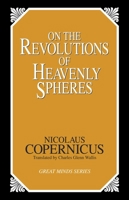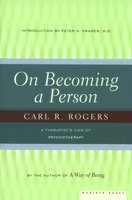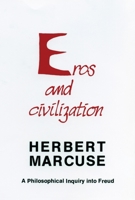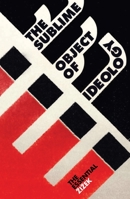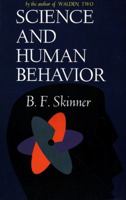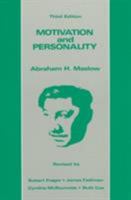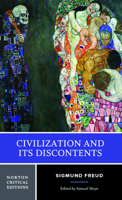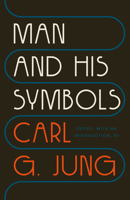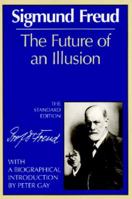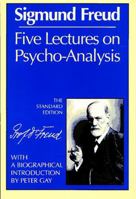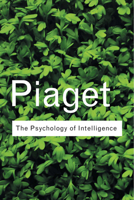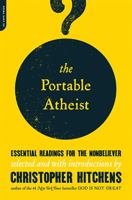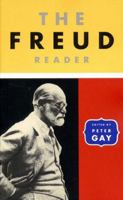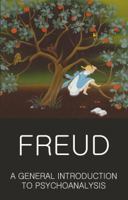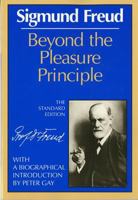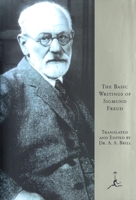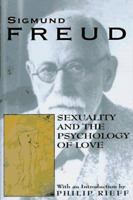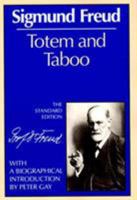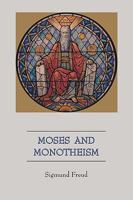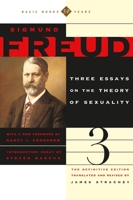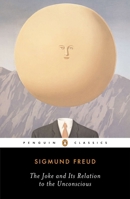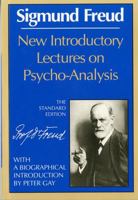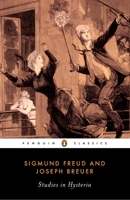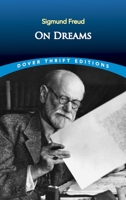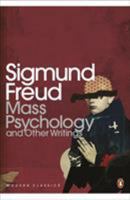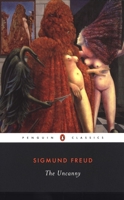The Ego and the Id (The Standard Edition of the Complete Psychological Works of Sigmund Freud)
Select Format
Select Condition 
You Might Also Enjoy
Book Overview
The Ego and the Id ranks high among the works of Freud's later years. The heart of his concern is the ego, which he sees battling with three forces: the id, the super-ego, and the outside world. Of the various English translations of Freud's major works to appear in his lifetime, only one was authorized by Freud himself: The Standard Edition of the Complete Psychological Works of Sigmund Freud under the general editorship of James Strachey. Freud...
Customer Reviews
Rated 1 starsNot happy
I would love to give a review; however, I was sent the wrong book. I'm very upset as I was looking forward to reading this book
0Report
Rated 5 starsOne of Freud's major models
This work presents one of Freud's major theoretical models for understanding human personality. The three- fold division into ego- id- super-ego in some sense parallels the three fold division in Plato's thought. For Freud the Id is the unconscious instinctual animal element in us. It is our ' drives our hungers our lusts, our sexual lust centrally. The ego is the social self, the construct with which we meet the world. It...
1Report
Rated 5 starsA new terminology for things already known
Despite being a very small book, with good introduction and preface, this is not an easy book to read and in my opinion the more the reader is well acquainted with the evolution of Freud's terminology the better. In this regard The Interpretation of Dreams is a prior reading which will give substance for the later reading of The Ego and the Id. Some concepts already presented in earlier books are developed more soundly in...
2Report
Rated 5 starsLanguage Barrier
Sigmund Freud is not known for his easy-to-read writing style. Those that translated Freud's works have recently been under fire for being misleading or inaccurate. When I set out to read this book, I felt it neccessary to make as many notes neccesary and to dig beneath and between to bring out what Freud really meant by "ego" and "id." To my conclusion, the reason Freud is argued against so much is because of the confusion...
4Report
Rated 5 starsThe begining for something new
I am only a college student and read this book for my own enlightenment. I loved reading Freud's theories about the ego and the id. This book consists of a brief introduction of Frued and his life, then goes on to present his work. The terms are also explained very well throughout the book. I definitly recomend this to anyone who is trying to enlighten themselves, or anyone who is interested in Frued's work or psychology...
1Report











